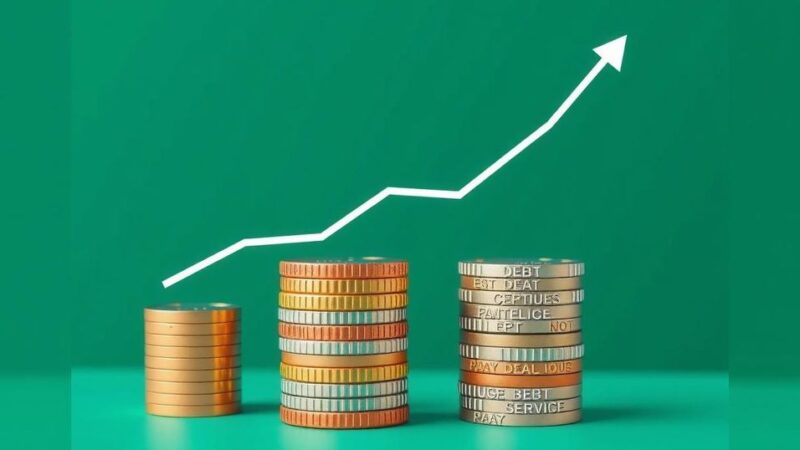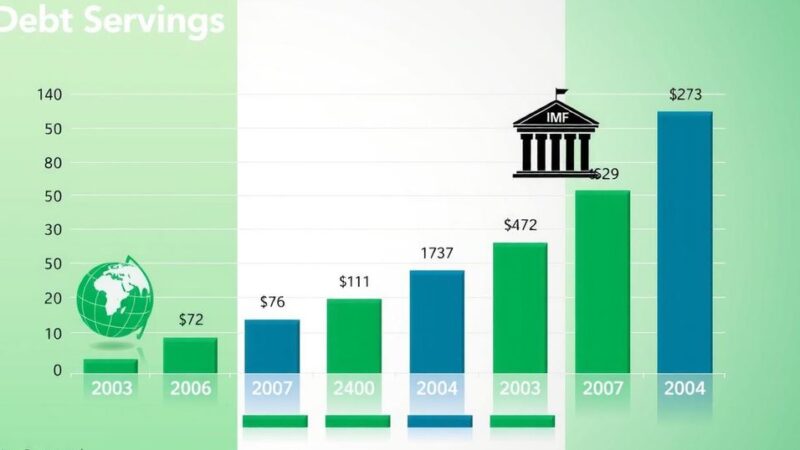Vietnam’s coffee exports reached 1.72 billion USD in the first two months of 2025. The State Bank of Vietnam adjusted the exchange rate, and initiatives to support SMEs have been launched. Vietnam has become Brazil’s second-largest aquatic product supplier and plans to eliminate the credit growth quota. Enhanced trade and FDI policies in industrial real estate are anticipated to stimulate growth.
In the first two months of 2025, Vietnam’s coffee exports have reached a significant figure of 1.72 billion USD. This marks a remarkable achievement in the coffee sector, underscoring Vietnam’s importance in the global coffee market.
On March 18, the State Bank of Vietnam reduced the reference exchange rate for the US dollar to 24,793 VND/USD, indicating a marginal decrease of 1 VND from the previous day. Such adjustments in the exchange rate are crucial for maintaining economic stability.
The Ministry of Finance is actively working to support small- and medium-sized enterprises (SMEs) in Vietnam by forging connections with financial institutions and investors, alongside both domestic and international experts. This initiative aims to bolster sustainable business operations within this vital sector.
An initiative supported by a 5 million Swiss Francs (approximately 5.6 million USD) grant from Switzerland’s State Secretariat for Economic Affairs (SECO) is set to aid more than 500,000 SMEs in accessing up to 35 billion USD in financing. This program, which will continue until 2029, is expected to significantly enhance supply chain finance in Vietnam.
Among recent developments, Vietnam has become Brazil’s second-largest supplier of aquatic products. In February, Vietnam’s aquatic product exports reached 655 million USD, a 44.5% increase compared to the previous year, contributing to a total of 1.42 billion USD for the first two months of 2025.
The State Bank of Vietnam (SBV) is working towards eliminating the longstanding credit growth quota policy established in 2011, aimed at controlling credit expansion. This move reflects ongoing adjustments in monetary policy to adapt to current economic conditions.
In HCM City, the outstanding bank credit as of February stands at 3.936 trillion VND, showing a slight decrease of 0.17% from December 2024, but a significant increase of 12.2% year-on-year. This indicates a complex lending environment amidst broader economic fluctuations.
The e-tax system in Vietnam has resumed full operations following a temporary pause from March 12 to March 17. This suspension was necessary for enhancing tax management and implementing essential structural changes.
The customs trade successfully recorded a turnover of 1.05 billion USD on the first day of a new operational model initiated on March 15, designed to streamline the customs organizational structure significantly.
Expectations for industrial real estate in Vietnam are rising due to the removal of legal barriers in recent projects, creating growth opportunities for various businesses and attracting foreign direct investment (FDI). Such policies are essential for supporting economic recovery in 2025.
Vietnam Airlines and Vietjet Air are set to commence operations from the new Terminal T3 at Tan Son Nhat International Airport in May. This terminal is built to manage 20 million passengers annually and represents a substantial investment in Vietnam’s aviation infrastructure.
In a broader economic context, Vietnam exported goods worth 65.2 billion USD during January and February, marking a 9.9% increase year-on-year. Imports totaled 62.9 billion USD, resulting in a trade surplus of 235 million USD amid ongoing global challenges.
On March 17, the State Bank also adjusted the reference exchange rate of the US dollar to 24,794 VND/USD, reflecting a minor increase of 15 VND from the previous day. Such fluctuations are vital for maintaining economic equilibrium.
In alignment with its expansion strategy, Vietnam Airlines is set to resume direct flights between Hanoi and Moscow on May 8, along with plans to launch 15 international routes throughout 2025.
A finance expert, Associate Professor Nguyen Dang Bang, highlighted Vietnam’s capabilities in developing an international financial center, asserting that the country has a strong foundation for success in this domain.
A trade and tourism connectivity forum organized between Japan, Vietnam, and Thailand emphasized the potential economic benefits of forming an economic triangle among these regions, which could enhance regional development.
Expert commentary indicates that Vietnam should adopt a flexible approach in selecting financial center models. Key success factors include human capital, infrastructure, and a favorable business environment, according to the Global Financial Centres Index.
In the realm of international trade, Hoa Phat’s hot rolled coil products were exempt from the EU’s anti-dumping duties, showcasing the firm’s adeptness in navigating complex trade regulations. This exemption is expected to benefit downstream businesses significantly.
Vietnamese rice exports are anticipated to rebound amid heightened customer demand, with over one million tonnes shipped during the first two months of the year, reflecting robust market interest.
Vietnam has solidified its position as Italy’s largest trading partner in ASEAN, with bilateral trade turnover reaching 6.9 billion USD in 2024, a commendable increase of 13.1% year-on-year.
In matters of international relations, Vietnam and the United States are pursuing enhanced energy cooperation. Minister of Industry and Trade, Nguyen Hong Dien, affirmed Vietnam’s commitment to fostering sustainable economic relations without imposing barriers that may negatively affect the US economy and labor force.
In summary, Vietnam’s economic landscape demonstrates robust activity across various sectors, including significant advancements in coffee and aquatic product exports, efforts to support SMEs, and initiatives to streamline the banking system. Additionally, the aviation sector is set for expansion, and potential exists for developing an international financial center. These developments reflect Vietnam’s resilience and proactive strategies in navigating global economic challenges and opportunities.
Original Source: en.vietnamplus.vn






